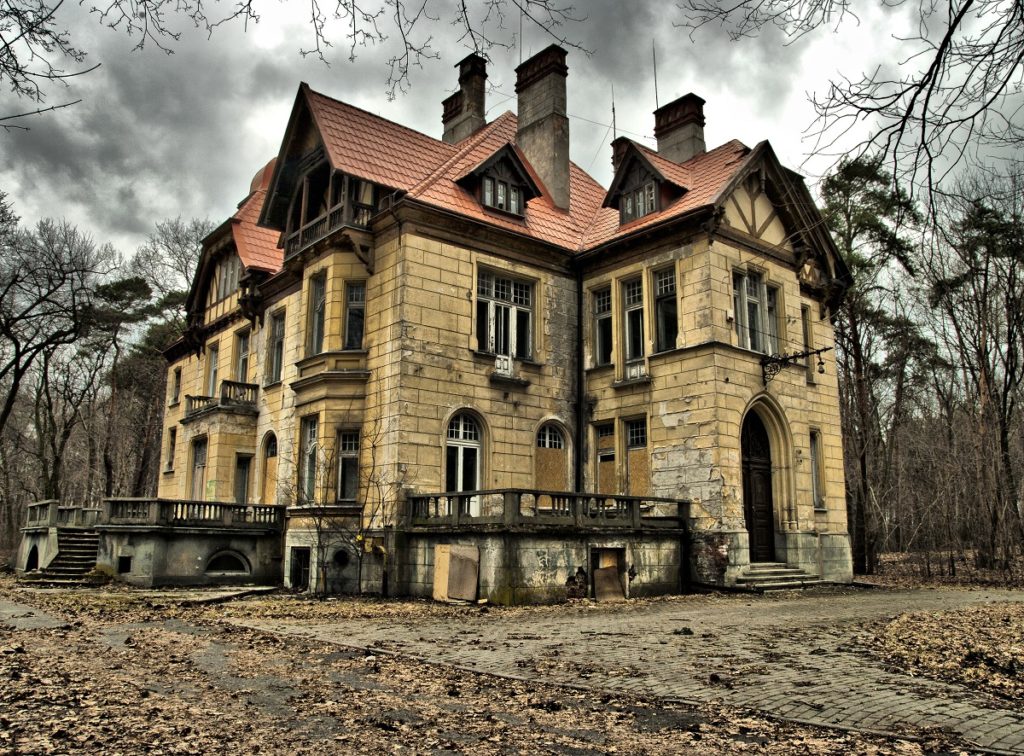You have seen it in countless films, TV shows, games, and even real life. But do you know that the “creepy feeling” you have in a house is more than just the cobwebs, the vintage furniture, or even the dark unlit rooms no one enters?
Haunted houses are a staple during Halloween and of many entertainment parks and horror rides. Some of them use actors, animatronics, and even a few gags to keep their audiences on their feet and screaming. But many use design and psychology to make the audience feel a sense of unease right from the beginning. Here’s how some of the most haunted houses in film and television use these methods to maximum effect.
The Psychology of Age
Anything that has been standing for years, decades, or even centuries can be seen as haunted. That is because it is more likely that some gruesome events might have happened there. The image of the gothic mansion with its wrought-iron gates is a staple of Halloween horror imagery. So it’s no surprise that the houses in The Haunting of Hill House (Netflix) and the gothic mansion in Guillermo Del Toro’s Crimson Peak (2015) all emanate an eerie atmosphere. And if that’s not enough, they also have a long history, unkempt lawns, and unmaintained doorways that add to their air of gloom.
Limit the Audience’s Space
What scares most people is the unknown, and so anything that people cannot sense or see can be a source of fright. That’s why haunted houses in films and games use attics and basements because they are dark and claustrophobic. Sometimes storytellers use fog and foliage to screen whatever it is that is going to scare viewers, but sometimes it is the limited spaces that give the best scare. That was used to great effect in Ju-On: The Grudge (2002, Original Japanese film) and The Cabin in the Woods (2011), where limited spaces and creative lighting made the horror more spine-chilling.

It’s All in Your Peripheral Vision
If you’ve visited a horror attraction, you know that the zombies won’t come at you upfront. They will be hiding somewhere on the sidelines, waiting for your moment of vulnerability. So it is the same with haunted houses. The anticipation of seeing something straight on might make it less frightening because the viewer expects it. But anything that happens on the periphery or that is in the background can induce greater fright. These can be seen in works such as in The Amityville Horror (2005) and Hereditary (2018). The camera in both films also gives the sensation of looking sideways as the camera pans and zooms to the frightful image.
It’s All in the Mind
There is a method to the madness that makes a house haunted, and you don’t necessarily need a ghost for it. What you need is a tragic or gruesome story from the past, a design that creates claustrophobia and fear of the unknown, and finally, something strategically hidden on the sides that could scare or at least surprise anyone of their presence. Add to that some creepy noises in the night, and you could have a “haunted” house straight from the magic of cinema.
